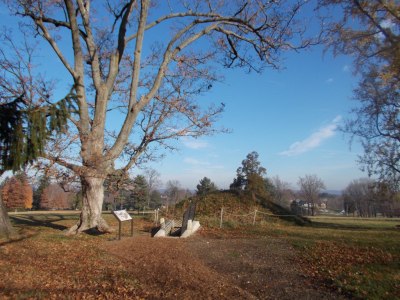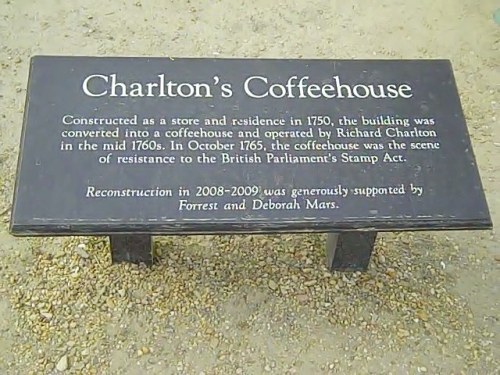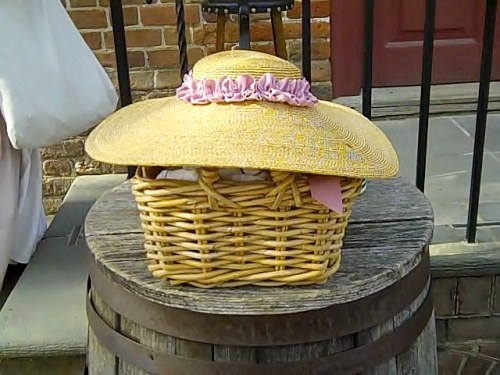Gentle Reader,
This week marks the July 4th holiday in the U.S., which means family gatherings, outdoor picnics, firework celebrations, and, most of all, ice cream! This delicious treat became more and more common at the turn of the 19th century when the method of transporting and storing great big blocks of ice over long distances became economically feasible.
On July 1, 1808, Jane Austen wrote to her sister Cassandra from Godmersham:
But in the meantime for Elegance & Ease & Luxury . . . I shall eat Ice & drink French wine, & be above Vulgar Economy.
This statement reveals a number of interesting details about her stay at her rich brother’s (Edward’s) mansion:
- Ice cream was expensive (vulgar economy). We know our Miss Jane counted her pennies and did not live a life of extravagance, thus her tart observation.
- Edward spared no expenses in giving his family this luxurious dessert.
- Treating guests to ices in July during an era without electricity meant that Edward’s estate must have had an ice house to keep the ice frozen.

Georgian ices had to be served immediately before they melted. Image by Vic Sanborn: Hampton Mansion
The ice used for Edward’s ices most likely came via a variety of routes – local frozen ponds, rivers, or lakes in winter, or enormous blocks harvested in Norway or Canada, which were then shipped to the UK and transported by barge up canals to their final destinations – The Sweet Things in Life, Number One London Net.

Mound of the ice house on the grounds of Hampton Mansion. Image@Vic Sanborn
There were many forms of ice houses and ways to keep ice frozen, such as in the one I described in a previous post, 1790 Ice House, Hampton Mansion, and the one at Tapeley Park (see image below). Ice houses provided a dark, cool spot that preserved enough of the precious commodity to last until the next frost or ice block delivery.

The 18th century ice house at Tapeley Park, U.K. is above ground. Image from Wikimedia Commons.
Unlike modern-day methods of home ice-cream making … the Georgian method of creating a frozen sweet treat was so effective that it could turn liquid solid within 45 minutes. The secret to this 21st-century trouncing wizardry? Two buckets, some ice and a bit of salt. – Would You Eat Ice Cream From 300 Years Ago?, The Telegraph, Alexi Duggin, 2015
After chopping and shaving huge blocks of ice, making ice cream was rather simple: Use a recipe you love. Fill a bucket with ice. Add ice cream ingredient to a second, smaller bucket and place it inside the larger bucket. Add salt to the ice, and stir regularly. Voila! Liquid is turned solid. Serve immediately before your creation melts.
When I was in my 20’s, my then husband and I used an old-fashioned ice-maker to make the most delicious peach ice cream with the fruit in season. Our ice cream took longer to make, simply because we used more sugar than the Georgian recipes. We cranked and cranked that ice seemingly forever, but it was worth the trouble. When we had company, there was never enough to go around.
Recalling how hot summers were without air conditioning, one can only imagine how refreshing it must have felt to eat something ice cold on a summer’s day in an era with no electricity and when people wore layers and layers of clothing.

Thomas Jefferson’s handwritten recipe for making vanilla ice cream @ Open Culture.
According to Monticello.org, ice cream began appearing in French cookbooks starting in the late 17th century.
There “are accounts of ice cream being served in the American colonies as early as 1744.” Jefferson likely tasted his fair share of the dessert while living in France (1784-1789), and it would continue to be served at Monticello upon his return. Open Culture: Thomas Jefferson’s handwritten vanilla ice cream recipe
Mr. Jefferson’s recipe is a tad hard to read, so I searched for one in an early cookery book and found one from the 1733 edition of Mrs. Mary Eale’s Receipts. It offers this fine recipe, which requires from 16 -18 lbs of ice to be chopped:
- Take Tin Ice-Pots, fill them with any Sort of Cream you like, either plain or sweeten’d, or Fruit in it; shut your Pots very close; to six Pots you must allow eighteen or twenty Pound of Ice, breaking the Ice very small; there will be some great Pieces, which lay at the Bottom and Top: You must have a Pail, and lay some Straw at the Bottom; then lay in your Ice, and put in amongst it a Pound of Bay-Salt; set in your Pots of Cream, and lay Ice and Salt between every Pot, that they may not touch; but the Ice must lie round them on every Side; lay a good deal of Ice on the Top, cover the Pail with Straw, set it in a Cellar where no Sun or Light comes, it will be froze in four Hours, but it may stand longer; than take it out just as you use it; hold it in your Hand and it will slip out. When you wou’d freeze any Sort of Fruit, either Cherries, Rasberries, Currants, or Strawberries, fill your Tin-Pots with the Fruit, but as hollow as you can; put to them Lemmonade, made with Spring-Water and Lemmon-Juice sweeten’d; put enough in the Pots to make the Fruit hang together, and put them in Ice as you do Cream
Tomorrow, on July 4th, you can be sure I’ll celebrate with a delicious bowl of ice cream. My favorite is still peach ice cream, followed by vanilla, and peppermint in the winter.
Happy holiday, all! Let me know which flavors you prefer and if you’ve ever hand-cranked your own ices. Vic
More resources:
- Some Cold, Hard Historical Facts about Good Old Ice Cream, by Mary Miley Theobald, Colonial Williamsburg
- Georgian Ices and Ice Cream , Jane Austen’s World,
- Mount Vernon: Ice, A Most Luxurious Crop
- The History of Ice Cream: International Dairy Foods Association


































